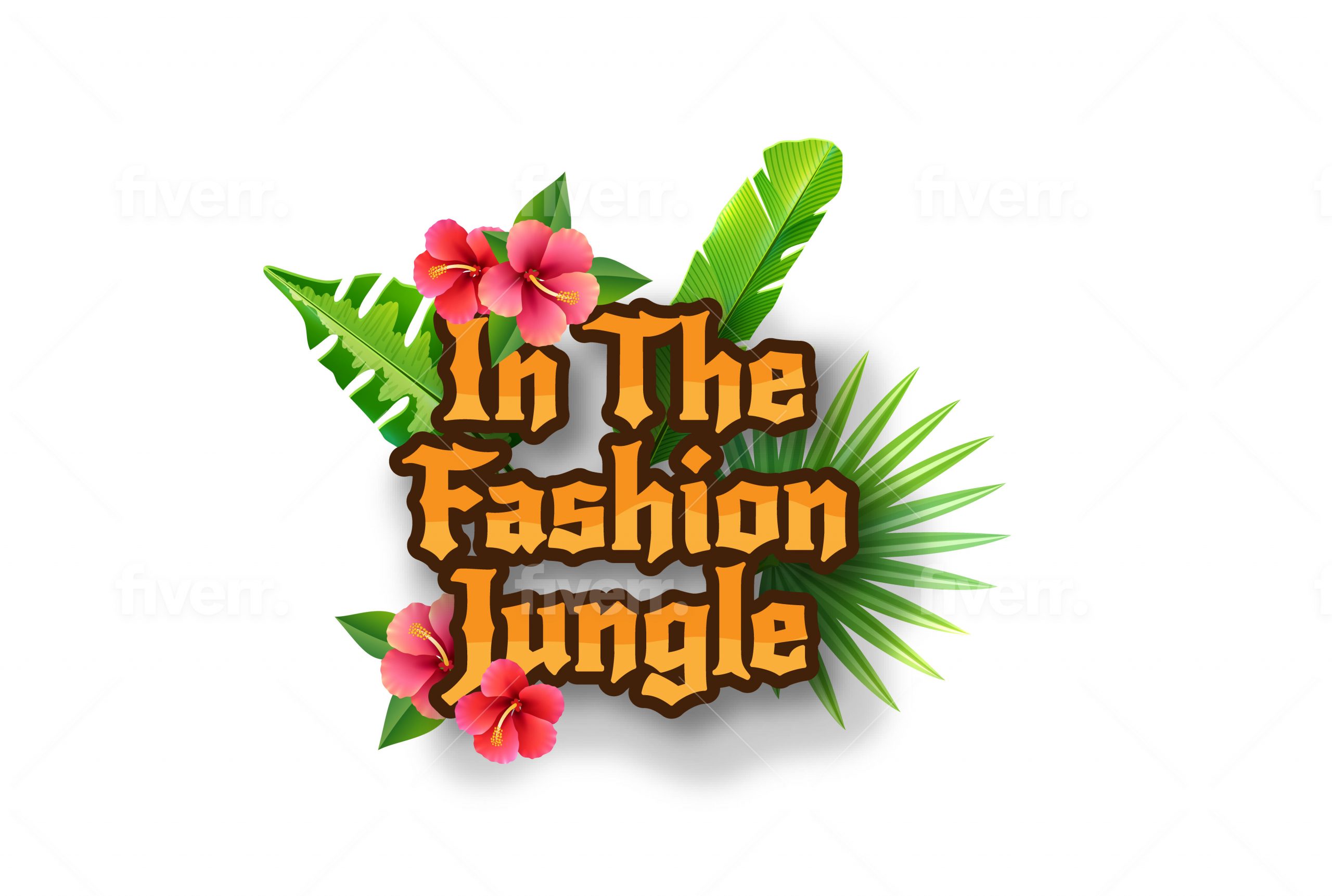Everyone has worn or heard of a wool coat or shirt in their life. It’s a globally utilized fabric that is used in hats, clothes, and even some accessories. Many designers and brands use wool clothing as a brilliant display of their aesthetics.
Wool is a textile fiber derived from sheep and other animals, including goat cashmere and mohair, muskoxen qiviut, bison hide, fur apparel, rabbit angora, and other varieties of camelid wool.
Wool is made up of protein and a little number of lipids. In this way, it is chemically unique from cotton, which is mostly composed of cellulose.
Global wool production is approximately 2 million tonnes (2.2 million short tonnes) per year, with 60% going into apparel. Wool accounts for around 3% of the worldwide textile market, although its value has increased due to dyeing and other material alterations.
Australia is the world’s biggest producer of wool, primarily from Merino sheep, although China has surpassed it in terms of overall weight. New Zealand is the world’s third-biggest producer of wool and the world’s largest producer of crossbred wool in 2016.
Lincoln, Romney, Drysdale, and Elliotdale sheep generate coarser fibers, thus the wool from these sheep is more expensive. Organic wool is becoming increasingly fashionable. This wool is in short supply and originates mostly from New Zealand and Australia.
Organic wool is becoming more widely available in clothes and other items, but it is frequently more expensive. Wool is also a more environmentally friendly carpet material, especially when paired with a natural binding and the use of formaldehyde-free glues.
Animal rights organizations have raised concerns about the manufacture of wool, such as mulesing. Yet, wool is an ethical and accepted type of fabric used in clothing.
The shearing of wool-bearing animals is the first step in the manufacture of wool. Some animals bear wool only once a year, whereas others bear wool several times a year.
The sheared wool is next washed and sorted into bales. There are several methods for removing the fatty lanolin in raw wool, but most big wool producers utilize chemical catalysts.
After cleaning and sorting the wool fibers, they are carded, which is the process of separating the fibers into long strands. These carded strands are then spun into yarn, which may subsequently be woven into garments and other forms of woolen textiles after a final washing.
Finally, the completed textiles may be subjected to several post-production techniques to acquire specific properties. Fulling, for example, is the act of immersing a wool cloth in water to cause the fibers to interlock, and crabbing is the process of permanently establishing this interlock.
Finally, wool manufacturers may decorate their products for shrink-proofing and, on rare occasions, color their completed wool items. Now you have a finished fabric that you can use for any type of clothing and accessory.
There are various types of wool clothing such as Merino Wool, Mohair Wool, Alpaca Wool, Camel Wool, Virgin Wool, Angora Wool, Vicuna Wool, and Cashmere Wool. Merino wool is one of the most common forms of wool in the world, whilst cashmere is one of the most costly and exquisite.
Is wool clothing expensive?
The cost of wool can vary greatly depending on the technique used to produce it. While wool is well worth the price, it is crucial to understand why it is so expensive. Wool is in high demand, and many people are aware that it is a high-end material.
Why is wool clothing so expensive?
There are many reasons why wool clothing is so expensive such as the availability, supply and demand, cost of production, and branding. When resources are scarce, prices rise.
Costs rise at every level to guarantee that everyone makes a profit. Herders and farmers are paid more, weavers are paid more, and designers are paid more.
Everyone wants to make a profit, thus availability has a big influence on how much customers are ready to pay. Furthermore, if the wool is not available in the nation, they must import it, which raises the cost.
Other factors include supply and demand according to the current market of wool clothing. Such as seasons in winter, wool clothing is in demand more in comparison to summer.
The process of making yarn from wool is time-consuming. There are several steps to the process, and each one can be costly because of the supplies and manpower needed.
The stages are as follows: Shearing, Sorting and grading, scrubbing and cleaning, Carding, Spinning, Weaving, and Finishing. Many of these steps require expensive machinery as well as skilled labor to manage the process.
Why is wool valuable?
Wool is also highly quiet, non-reflective, and long-lasting. Wool is also highly resistant to fire and arcing and is deemed hypoallergenic by medical practitioners. Furthermore, genuine wool is exceedingly soft and luscious. Aside from sheer performance, there are other variables to consider.
Why are wool clothes hard to find?
Wool clothes are expensive, therefore you cant find them on the street especially if you live in a hot climate. So you need to find a good shop to find the original ones, the rest wool clothes are usually a blend.
What is cheaper cotton or wool?
The primary distinction between cotton and wool is that cotton is light and soft, but wool is heavier and more capable of retaining heat.
While both give comfort, wool is more commonly used in the winter, whilst cotton is more commonly used in the summer, though many people use it all year.
The soft cotton feels great on the skin and keeps the user cooler in hot weather than wool would. Cotton-wool mixes are most commonly found in high-end clothes.
Wool is normally more expensive than cotton, and the fine, soft wool that mixes nicely with cotton is even more expensive. You can find natural wool clothing from the website linked below.
Website: https://woolpowerus.com/
